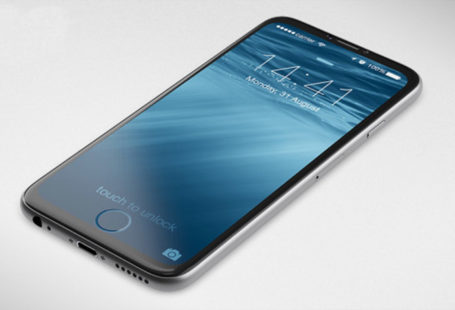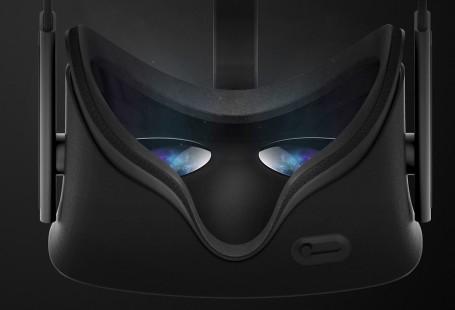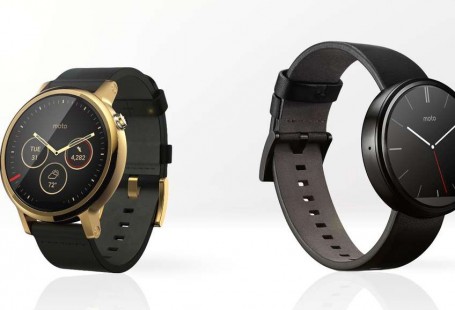We will talk about this again in a couple of weeks, but it is impossible for me not to write a post about it today, of course. I can’t hold it in. I never have.
Next June 22nd Apple will hold its WWDC 2020 event – only in the online format because of the COVID-19 pandemic – and everything points to the company announcing at that time the third major transition of its desktops and laptops. The idea, as you know, is simple and powerful:
Goodbye Intel, hello ARM.
The dimension of the announcement is spectacular, not because of what it means for Apple -whose PC market share is around 18% according to GlobalStats- but because of what it means for this segment in general. Suddenly ARM architecture becomes a real threat to the desktop and to manufacturers like Intel or AMD. We’ll see how they face the next few years if the versions of Windows 10 for ARM also polish up their deficiencies and limitations.
But today we’re talking about Apple. Well, we’ve been doing it for a few years now. These MacBooks (or Mac mini, or iMac, for that matter) are expected to arrive in 2021 by all accounts, so Tim Cook and his boys will want to prepare the move and especially prepare the developers, who are the ones who will have to work hard to move their applications onto these new computers in the coming months.
The question for me is still unique:
iOS or macOS?
Everyone seems to be clear on this. The media and experts apparently do not value any other option than having Apple computers based on ARM and running macOS. That forces to make several important changes to move (almost) all the software available in macOS/x86 to macOS/ARM. There are conversations around emulation, Catalyst, virtualization and other options. Gruber talks about them at Daring Fireball, and Steven Sinofsky has done the same in a slightly convoluted Twitter thread.
I don’t know. It all seems to be very complicated, and while I understand that macOS is for many totally tied to the Mac, I also think that those ARM processors are totally tied to iOS. For me:
- A spectacular catalogue of applications for iOS is now available
- Mouse and window support now available
- There’s already a dock
- There’s already a file browser
Better window management and multi-user support are missing, but otherwise iOS is a system ready to make the leap. In macOS we are not seeing any hints of touch support: macOS has not been iosified, but just the opposite has happened: iOS has been macosified.
That’s the key for me: I see iOS much more prepared to take advantage of that software easier than the other way around. I understand that this generates resistance and that a Mac without macOS is something strange, but I already said it and I maintain it: Apple will not merge iOS with macOS because its future is iOS.
That’s the future. Period.
So, the WWDC announcement of the transition to ARM seems to be a no-brainer. The real question for me is what they will do with the operating system of those computers. If it’s MacOS, how will they handle the transition? I think Catalyst is going to be very important here, but I’m not a developer so I’m afraid I have no certainties here.
Let’s see what Apple has to say, but one thing is for sure: this is going to be Apple’s most important keynote since Apple probably introduced the iPad. Maybe more. Go get the popcorn ready, it’s promising.



